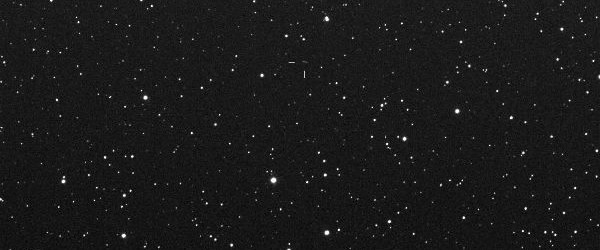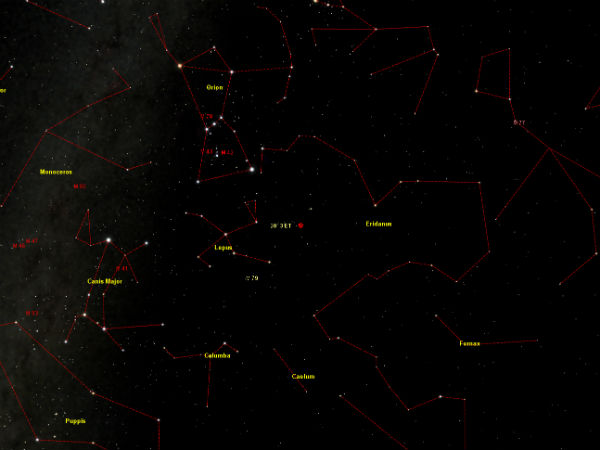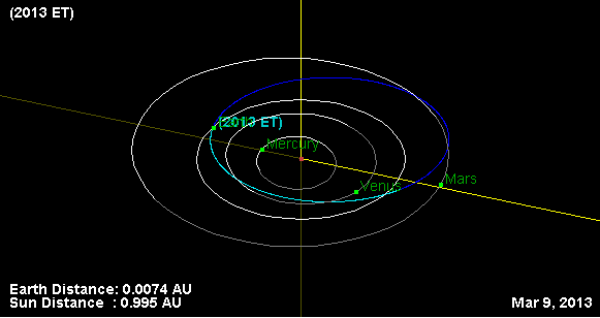Source: The Watchers - 3/09/13, By Chillymanjaro

A newly discovered Asteroid 2013 ET is making a close flyby, just days after another space rock made an even closer approach to our planet. The Catalina Sky Survey discovered Asteroid 2013 ET on March 3, 2013 and estimated its size around 100 meters (64 meters by 140 m). This cosmic rock is approaching our planet and on March 9, 2013 at 12:09 UTC will reach a minimum distance from the Earth of a bit less than one millions of km, about 2.5 times the distance of the Moon. There are no risks at all for our planet. The 100 meters (330-foot ) asteroid will miss Earth by 960,000 kilometers (600,000 miles) at closest point.
When asteroid 2013 ET passes Earth, it will be at a range equivalent to 2.5 times the distance between the Earth and the moon, so it will be faint object in night sky, difficult to spot through small backyard telescopes or binoculars.
Asteroid 2013 ET at the date and time of its close approach on March 9. 2013 at 12:09 UTC (Credit: Virtual Telescope)
LIVE WEBCASTS
Virtual Telescope Project in Italy, run by astrophysicist Gianluca Masi, was about to webcast a live telescope view of the space rock’s flyby on March 8, 2013, beginning at 19:00 UTC, but unfortunately because of heavy rain and clouds above the observatory site, the webcast was cancelled. The next chance to see the asteroid will be on March 9, 2013 at 20:15 UTC by the Slooh Space Telescope webcast from its observatory in the Canary Islands, off the coast of west Africa.
The space rock flyby will come just days after the 10 meters-wide (33-foot) Asteroid 2013 EC approached within 230,000 miles (370,000 km) from Earth, at a range just inside the moon’s orbit, early on March 4, 2013. Another, Asteroid 2013 EB passed within a moon’s distance of Earth on February 28, 2013. These asteroids were discovered just a days before close flybys. Astronomers estimate that the number of near-Earth asteroids tops 1 million, but just 9,754 have been discovered (less than 1%.) as of March 4, 2013. Undetected objects can strike Earth without warning. The surprise meteor explosion over Russia last month is just a bitter reminder. The 17 m (55-foot) asteroid caused the February 15, 2013 fireball event in Russia before astronomers even knew it existed.
Featured image: Asteroid 2013 ET captured on March 7, 2013 by the Virtual Telescope’s Gianluca Masi and Francesca Nocentini, using a 100mm scope at Siding Spring Australia. (Credt: G. Masi & F. Nocentini/Virtual Space Telescope)



